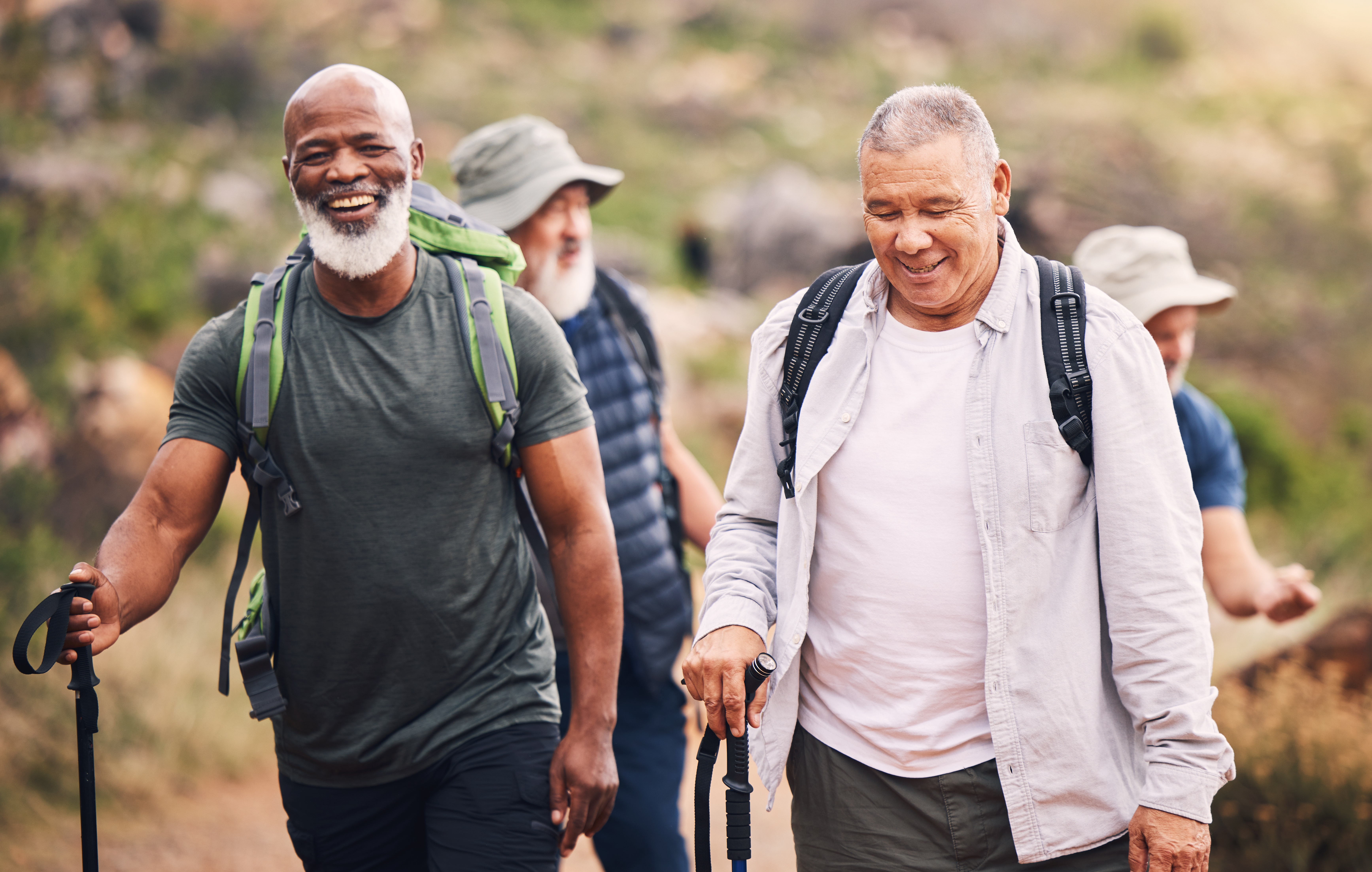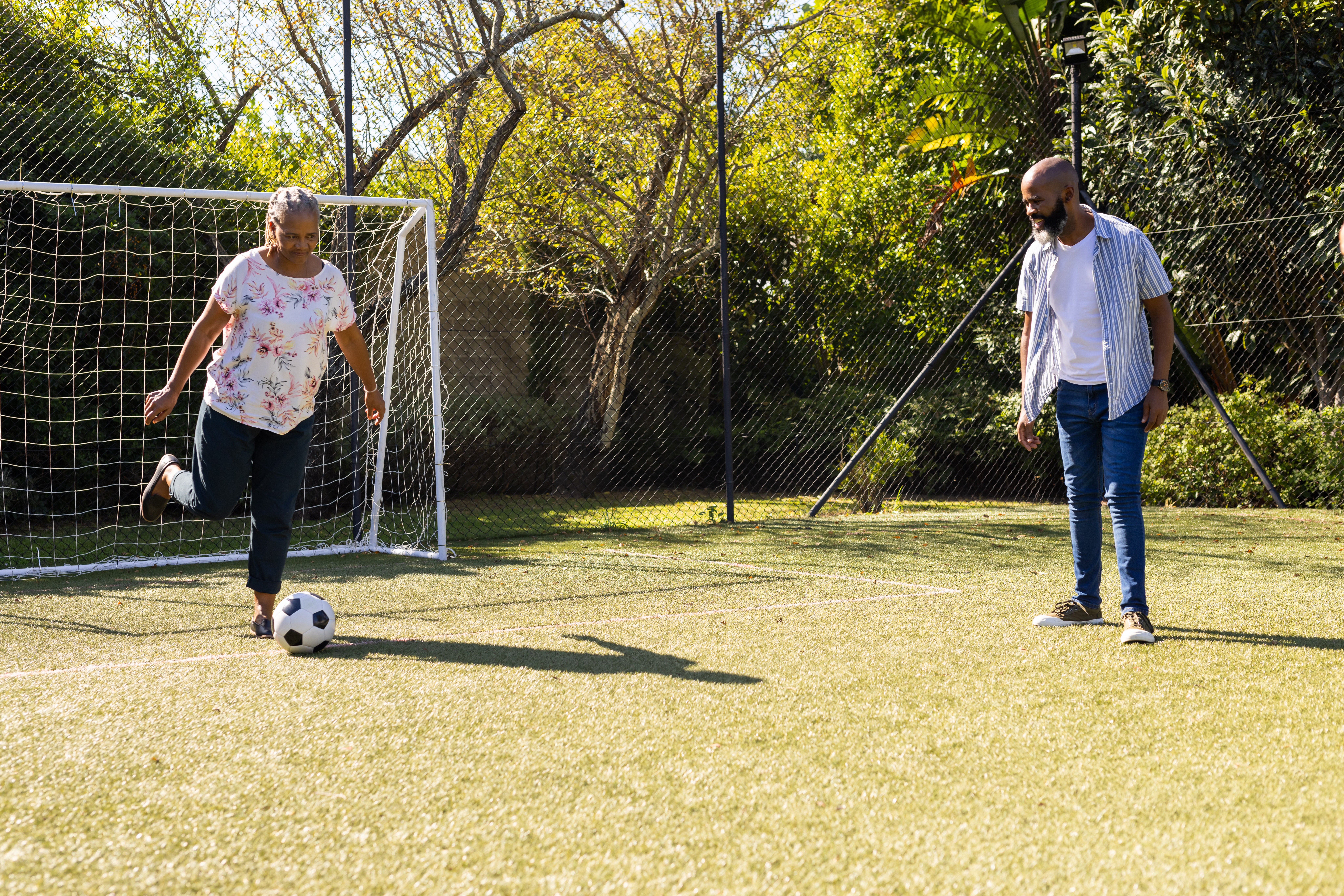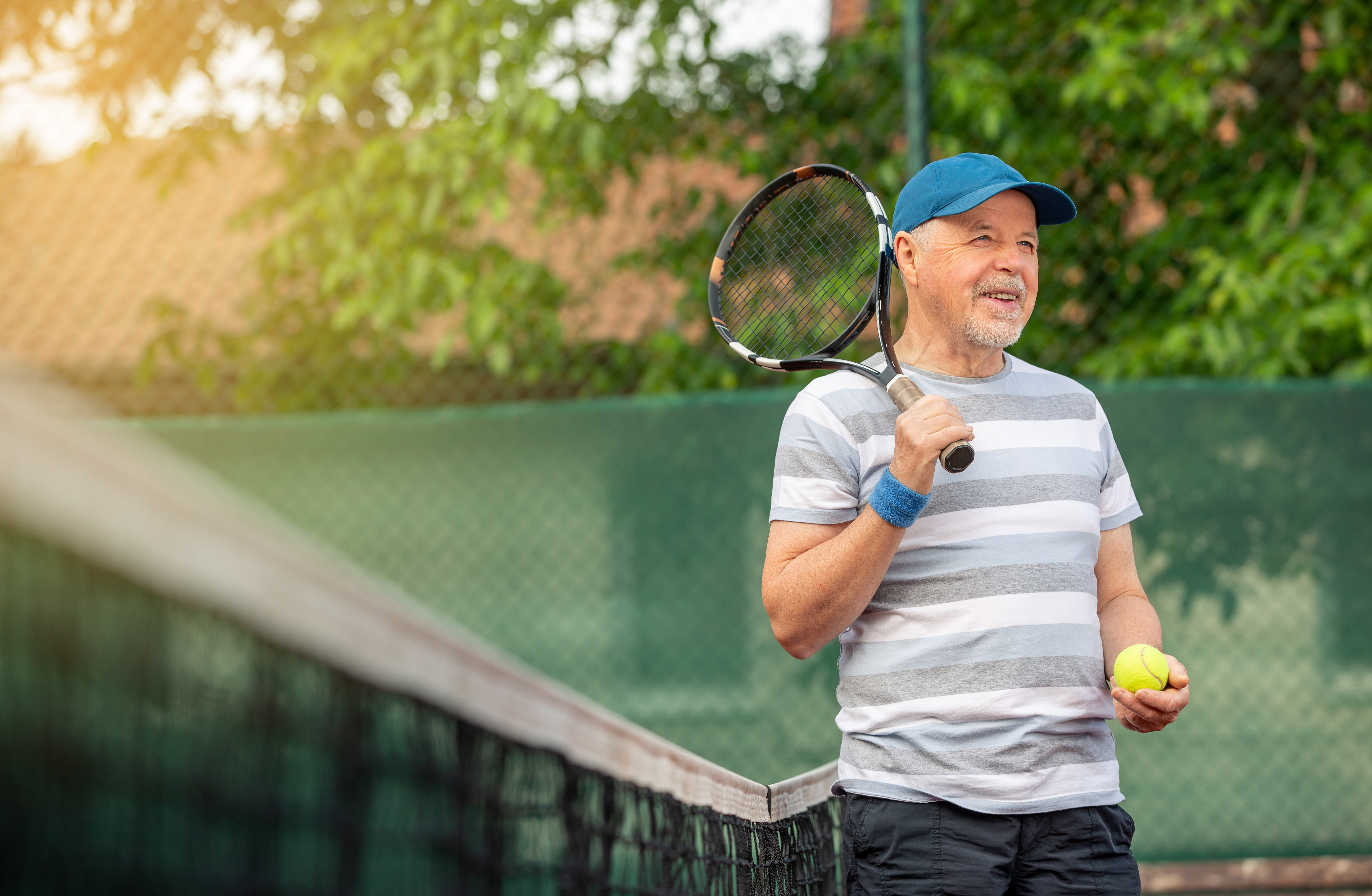Introduction
There’s no point in writing on this blog that sport and physical activity are beneficial on a social, physical, cognitive and even societal level, because you and I, who work in the field, are convinced of this. What may be enlightening, however, is to reiterate that Canada is undergoing major demographic changes, with an increasingly aging population.
Growing older is a perfectly normal phenomenon, but what is not normal is that the majority of older Canadians are not sufficiently active as they age. In 2021, only 46% of Canadians aged 50 and over met the recommendations for physical activity (Statistics Canada [Online] 2022). The question is, beyond the traditional barriers of lack of time, money, friends or certain health conditions, why are so many people depriving themselves of so much fun?
The World Health Organization (WHO) has put us on the right track by declaring 2021-2030 the Decade for Healthy Aging, for which it recommends combating ageism. As a specialist in promoting physical activity rather than aging, I first had to understand the concept. Put simply, ageism is negative stereotyping, prejudice that often appeals to feelings, and discrimination on the grounds of age that is translated into action. This phenomenon can be observed in interpersonal relationships, but also in living environments and more broadly within institutions and society.

That’s all it took for us to get to work surveying Canadians aged between 50 and 100 to understand the extent to which they see themselves in the models and representations of physically active older people presented to them and whether, when ageism is internalized, it is associated with less than 150 minutes of physical activity per week. This is the Canadian 24-hour movement guidelines for adults aged 18 to 64 years of age.
What the research generally says
Seniors are generally perceived as frail and unable to perform certain activities (Jin & Idethia Shevon, 2020). In the media, they are either invisible or portrayed in a negative way, with a strong emphasis on their physical and cognitive decline (Weintrob, 2022). When an aging person internalizes these negative thoughts or stereotypes, they depreciate their own aging, and ageism is said to be internalized.
According to the theory of internalization of stereotypes proposed by Lévy (2009), this phenomenon has a serious impact on a number of behaviours, including moving. To add to this, older people who take part in sport or physical activity are often faced with what might be described as excessive concern about the risk of injury, and they often have to justify their choice of activity, which shows the very frequent confusion between age and ability. This misunderstanding has consequences for the types of sport programs that are available, which are redundant, limited and unattractive to older people who are in good physical condition (Massie & Meisner, 2019).
What our results showed:
Among the 1242 people aged between 50 and 100 who took part in our survey Aging and Physically Active Lifestyle Project (2023), the group of people in their 50s was the only one to slightly recognize the presence of a social norm favourable to physical activity. For the other age groups, the trend was neutral.
The questions used to evaluate this concept were:
“At my age, physical activity is not valued/encouraged by society” and
“Active and sporty people of my age are sufficiently represented in the media (TV, newspapers, magazines, advertisements, news)”.
Secondly, respondents were unanimous about one important aspect of the images used in promotion and marketing. They believe that the seniors who appear in the promotion and advertising of service offers, and the sale of sports equipment are always 60 years old, and not a year older.
Finally, having used the physical activity module of the 2018 Canadian Community Health Survey (Statistics Canada, 2018) and a series of questions to establish whether mobility and health conditions might have constrained participants’ physical activity practice, we explored the extent to which ageism, when internalized, hinders the achievement of current practice recommendations.

Our data showed that, all conditions being equal, the absence of internalized ageism explains almost 20% of the variance in whether or not older people achieve the current recommendations for physical activity of at least 150 minutes per week. This means that if an older person does not let preconceived ideas about aging influence their own behaviour (such as thinking they are too old to move), they are 20% more likely to move or do sport for at least 150 minutes a week. In other words, the idea of not being limited by age plays an important role in physical activity among the over-50s.
What to remember in practice:
Pay attention to the images and words you use in your promotion
Older people are a diverse group of different ages and abilities. It is therefore important to reflect this heterogeneity in the images and videos used to promote the range of activities on offer, so that a large number of people feel engaged. A study carried out in Australia (Lamprecht et al., 2020) showed that older people were visually under-represented on the websites of aquatic and leisure facilities, and the text and visuals could be seen as stereotypical and ageist.
Creative, targeted recruitment: personalize your invitations with care
People who have not taken part in sport or physical activity for several years are no longer familiar with the facilities or even the registration processes. To reduce these barriers, we need to promote activities in other ways: in community centres, on the internet, in independent living facilities, and so on. It’s also possible to organize open days and trial classes, and to offer reduced rates when one person brings another.
Showcase some of your members through stories, interviews or reports
The local newspaper and radio are good vehicles for highlighting the activities of older participants. Without being exceptional, the simple fact of taking part in physical activity or sport provides them with an incalculable number of benefits, and who better than them to bear witness to this and encourage others to join the ranks?

Change a few rules, others have done it successfully
Sometimes it’s all about thinking outside the box to get an innovation off the ground. This is the case with ‘walking’ soccer in England, where there are over 300 clubs and 50,000 players aged between 50 and 70. In Canada, pickleball, a modified form of tennis, has almost 400,000 players of the same age. This principle can certainly be applied to other activities and sports.
Focus on activities and sports that can be enjoyed at any age, with family or friends
Some skills are simply not lost. Cycling, skiing, swimming and dancing are activities and sports that were typically learned earlier in life and can be easily picked up again. The added advantage of these activities is that they allow different generations to get together and mix. In Switzerland, sport for the elderly is booming, and the marked increase in sporting activity recorded since 2014 is due above all to a marked rise in the number of seniors taking part in these activities.
Offer introductory classes, discovery classes, etc.
One of the most widespread prejudices about aging people is that they lose interest in everything and no longer have the capacity to learn. But nothing could be further from the truth, as numerous studies on aging have shown. In our sample, the respondents all said they were interested in trying out 4 or more physical and sporting activities, provided the trainer was qualified and the activity free of charge.
Conclusion
The very famous adage that “to grow old is to live” really comes into its own when people, whatever their age, can enjoy sport or physical activity in good company, in a friendly atmosphere and with social interaction. As you will have gathered, the aim of this article is to lay the foundations for a debate in our field of activity to ensure that it is normal and expected to welcome aging people in all sports and physical activity venues.